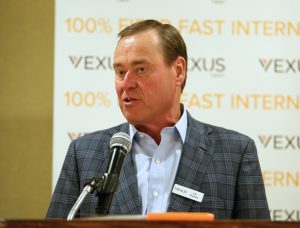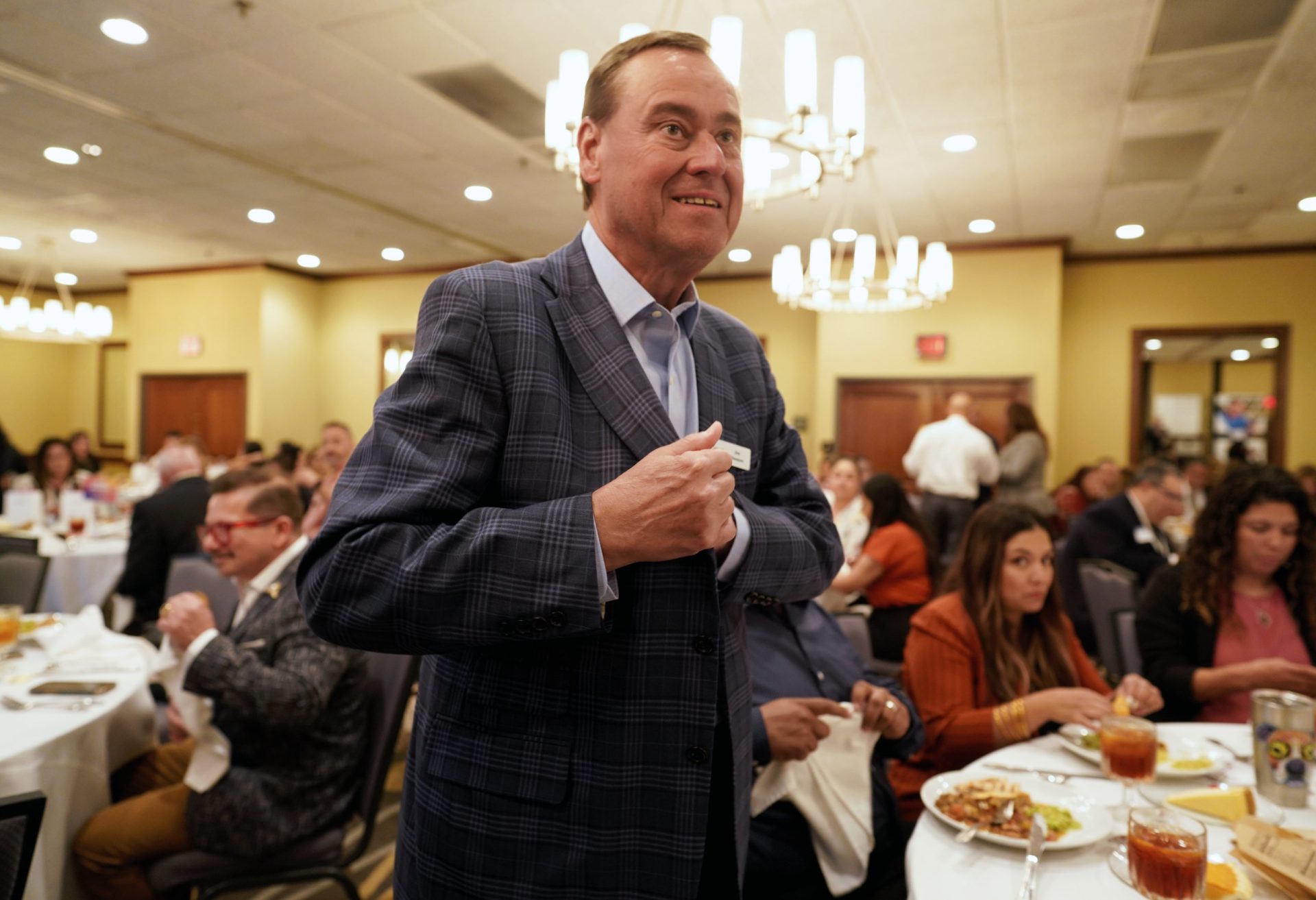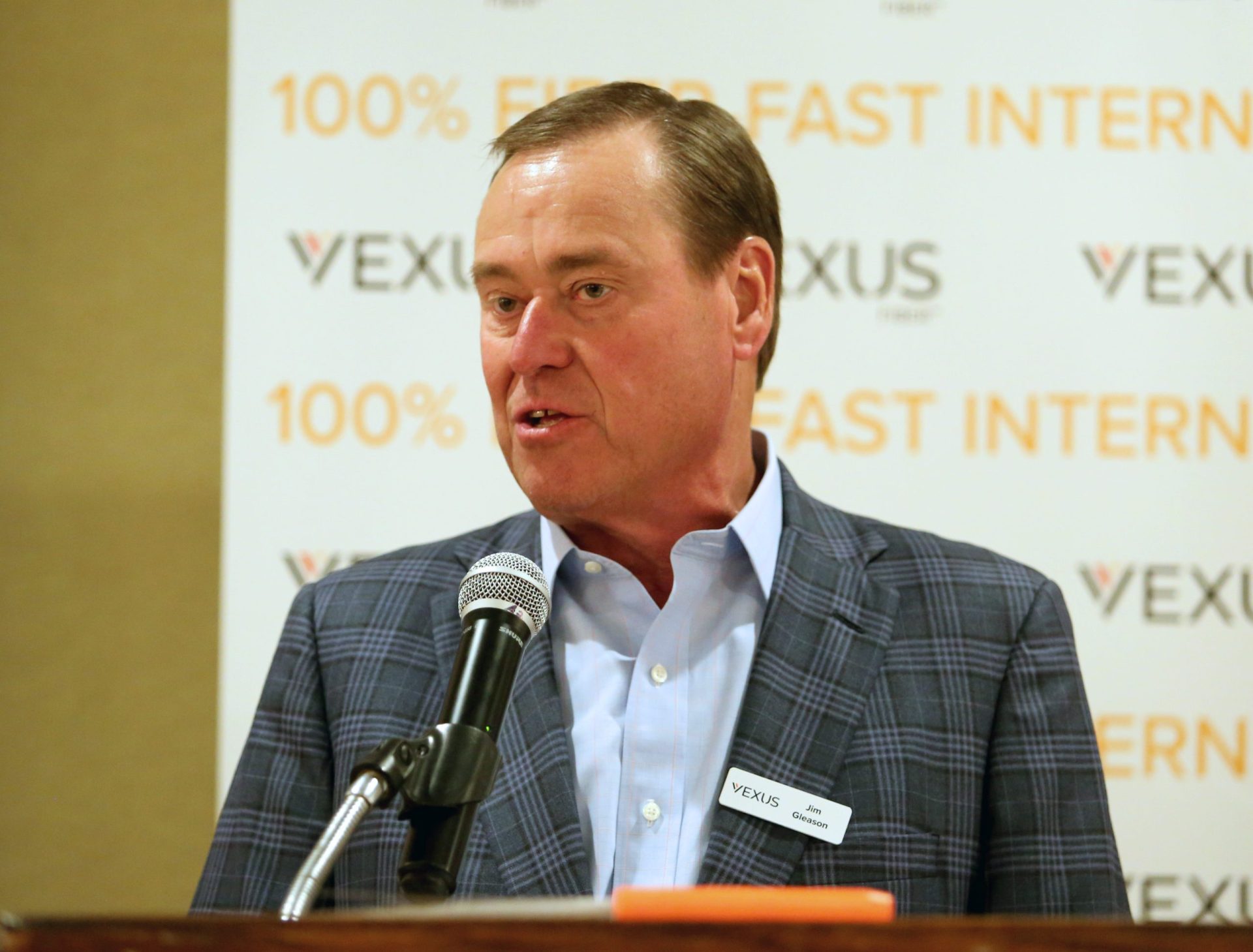The pandemic was an example of how critical broadband infrastructure is to communities, to schools and to people at home to be able to live, work and play.

McALLEN — There will soon be over 100,000 more households and businesses connected to the 21st century thanks to a $200 million, privately funded fiber optic project.
Vexus Fiber CEO Jim Gleason provided an update on the project Thursday afternoon at a McAllen Chamber of Commerce luncheon.
The project aims to build a new network that will provide broadband services throughout the Rio Grande Valley. According to Gleason, construction is set to run for three years in which they intend to provide services to about 175,000 homes from the Harlingen to McAllen area.
To accomplish this, Vexus has worked with Valley cities to obtain permits for a project that’s large in scope.

“In Texas alone, we’ll have as our project progresses more than a million homes that we’ll serve,” he said at the luncheon Thursday.
Although a lack of high-speed internet in many Valley communities has been a well-established problem, it was only perpetuated during the COVID-19 pandemic when stay-at-home orders and at-home education created the need for remote connectivity.
In South Texas, that problem was especially prevalent with Hidalgo and Cameron counties being considered among the poorest in the U.S.
In many communities, such as colonias, Wi-Fi access has long been scarce and families reported having to drive wherever they could find an internet connection. Even the hotspots provided to students were sometimes unreliable.
“The pandemic was an example of how critical broadband infrastructure is to communities, to schools and to people at home to be able to live, work and play,” Gleason added.
Currently, he explained fiber connectivity efforts are concentrated in these smaller to medium-sized cities mainly in Texas, Louisiana and New Mexico. The Valley is one such community where the need is great and where resources have often been scarce.
“The Rio Grande Valley was an area that we think is somewhat overlooked by other broadband providers but yet rapidly growing,” Gleason said.
To achieve sustainability in the area, he said fiber cables will continue to be installed as the South Texas community grows with new subdivisions and new businesses.









